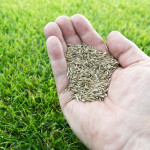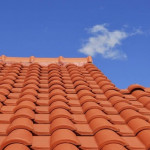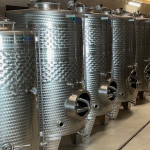Acrylic plastics are a family of synthetic or man-made plastic materials containing on ore more derivatives of acrylic acid. It is a common and popular material as it possesses many desirable traits such as being tough, highly transparent with excellent UV resistance and weatherproofing. In addition as part of the acrylic fabrication process acrylic plastics can also be coloured, moulded, cut, drilled and formed. It is such a common material that it has become common place and ideal for many uses such as skylights, airplane windshields, outdoor signage and much more. But what is the actual method of acrylic fabrication?
At a base level acrylic fabrication in the early process is formed by reacting a monomer with a catalyst. This catalyst starts the reaction and enters into it to keep it going but importantly does not become part of the resulting polymer. Acrylic fabrication plastics are available in three forms; flat sheets, elongated shapes and moulding powder. To form sheets the process is known as bulk polymerisation which involves pouring the monomer and catalyst into a mould where the reaction takes place. Depending on the time of acrylic fabrication there will either be batch or continuous polymerisation for the acrylic forming process.
Of course there is a lot more to this acrylic fabrication process but the details noted above are at a very base level. It is important to note that quality control plays an integral part of the process. The storage, handling and processing of the chemicals that make the acrylic plastics are done under controlled environmental conditions. This prevents contamination of the material or unsafe chemical reactions. Of vital importance is the control of temperatures to the polymerisation process, even if the initial temperatures are off it can affect the monomer before it is even placed into the mould?
The future is indeed bright for acrylics and acrylic fabrication. The annual rate of consumption remains steady and is predicted to increase, all this despite the fact that acrylics are one of the oldest used plastics in the world today.










